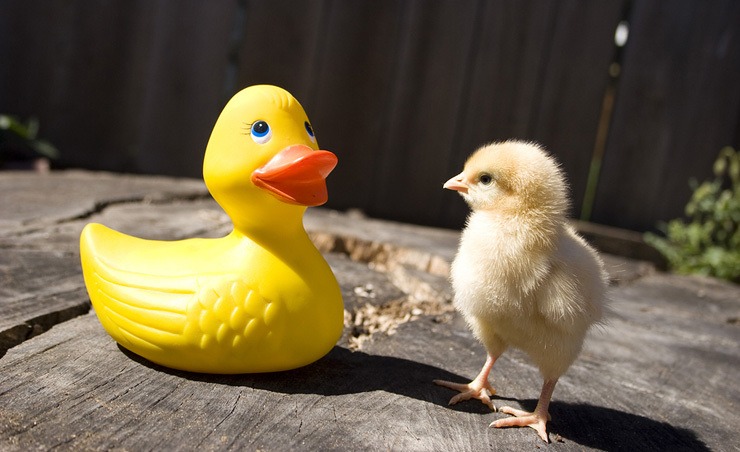Could An Integrated Media Strategy Be The Missing Half of Brand Storytelling Today?

For decades, brand storytelling has been rooted in creative brilliance. A single campaign narrative could weave itself into the fabric of our lives and drive mass adoption. Brands like Nike taught us to “just do it,” Coca-Cola became a household staple, and Budweiser became synonymous with true Americana. These narratives worked, not just because they leaned into cultural moments and timeless human values, but because they had the stage all to themselves. There were fewer competing channels and less fragmentation, so one strong creative narrative could dominate consumers’ attention.
In today’s crowded marketplace, storytelling isn’t enough. We are living in the age of the distracted and overstimulated consumer. The average consumer is exposed to anywhere from 6,000 to 10,000 ads per day, and adults’ attention spans continue to decline to that of a goldfish or my five-year-old. As if that wasn’t enough, according to E-Marketer, more than 32% of U.S. consumers today use ad blockers. This means that ad fatigue and acute avoidance are real challenges. We aren’t just dealing with more clutter but also needing to navigate sharper audience defenses against ads.
This doesn’t mean that storytelling is any less important for a brand; it just means it is incomplete without a comprehensive and integrated media strategy that ensures it is not just seen but also remembered.
So, what role does media strategy play in today’s cluttered environment? How do brands tell their stories to the right people at the right moment to ensure the message sticks and isn’t just a forgotten scroll?
An integrated approach becomes vital to a brand because media isn’t just about delivering impressions; it’s about engineering attention and recall and getting in front of your audience before they know they need you. A strong media strategy starts with audience intelligence, understanding who your message is for, where they are, and what motivates them to engage.
This also means a brand must go beyond the bottom funnel. Sure, bottom funnel works for products that prey on impulse buying. But most of the time, buyers aren’t in the market for your product right now. The most successful brands know that pure reliance on performance media won’t build brand credibility and loyalty. Incorporating top, mid, and bottom funnel tactics allows you to capitalize on mental availability, making your brand the easy choice when it comes time to pull the trigger.
Then it becomes a frequency balancing act. Too little exposure and recall wanes, too much exposure and you risk avoidance and even annoyance. No one wants to see the same progressive commercial 10 times in their one-hour viewing of ‘Dancing with the Stars.’
Really, there is no magic formula. Sometimes you just throw caution to the wind and hope it sticks. But if a brand wants a solid chance at becoming even a fraction of what Coke, Nike, and Budweiser mean to consumers, then ensuring their brand narrative is coupled with an integrated media strategy is non-negotiable.
Remember, a solid integrated strategy starts with these 4 things:
- Leverage data-backed audience alignment—don’t waste impressions on someone who will never convert.
- Contextual alignment is key to tapping into consumers’ mental availability.
- Multi-channel reinforcement is necessary. Search alone won’t create brand loyalty.
- Tell your story early and often, but don’t overdo it.
Storytelling will always move people, but in today’s overstimulated, always-on culture, a great story just doesn’t travel far enough. So, is an integrated media strategy the missing half of storytelling? Even the great brands of yesterday know that it’s not about replacing creativity but amplifying it. Stop just interrupting and start connecting to give your story the chance to be more than just a moment.
Recent Articles
Discovery call
We can start right now. Simply complete a quick form and we’ll set up a discovery call to dive deep on your business needs.












